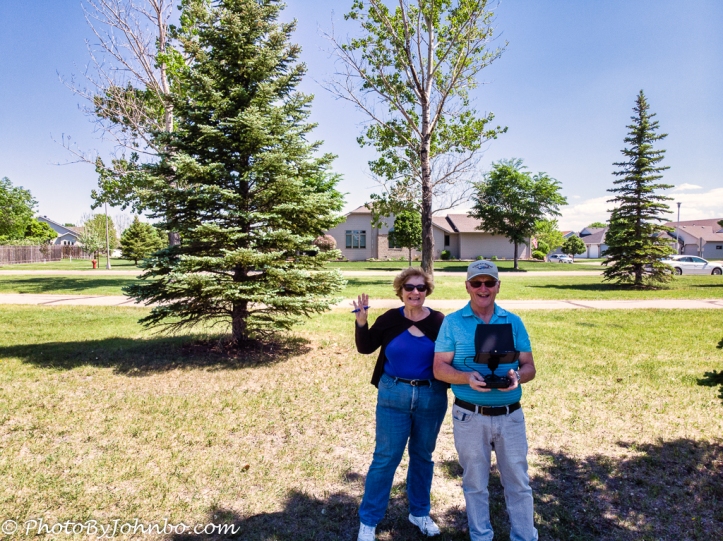This week Ann-Christine asks us to look at photography from different angles. As a landscape photographer, I often go to a “new-to-me” place and take oodles of images of the subjects at different angles. The goal of trying different compositions is that something in one of the angles captured adds a little extra something to make it a more interesting photograph. As her contribution to the challenge, she features a couple of fascinating sand sculptures captured from different angles. You can read her entire challenge post here.
I literally have hundreds of examples I could choose, but I decided to share some images from my newest camera. I’m just learning the operating features of the camera, so the example photos I’ve chosen are somewhat mundane. At this point, they are for practice as I have only just recently added the camera to my toolkit. The camera is quite simple having only a fixed f/2.8 lens with a 35 mm equivalent 24 mm lens. Though it has an Auto mode, I leave the camera in manual and adjust the shutter speed as necessary. By the way, the camera is made by DJI and mounted into a Mavic Air remote piloted aircraft (drone).
Since the opening photo features the western skies as a subject, I really couldn’t “fly around” it for angles from different “sides” or choosing high or low viewing angles, something that would be easy to do with a smaller ground based subject. To demonstrate, I include below two “selfies” captured from different angles with my flying camera. My wife, Lynn, is my visual observer. She ensures that the drone doesn’t stray too close to any objects like trees or light poles while I concentrate on positioning and composition. For those who might be exploring this avenue for your work, be sure to acquire the FAA Part 107 license and register your drone. Commercial use of a remotely piloted aircraft requires such a license and in many instances, posting on a social media platform is considered a commercial application even if no “money changes hands.”
For the sunset image, I feature a small collection of images captured near sunset at a park near our house and near the junction of I-29 and I-94 in Fargo. The final image I chose is featured at the top of the post. The gallery of images below are basically unprocessed. I ended up creating a final image by using the Pano function in Lightroom to merge two images that happened to have overlapping scenery. Basic processing was completed in Lightroom with final edits done in Luminar Flex. As with all my galleries, if your browser supports the function, you can click on an image to enlarge it and scroll through the gallery.
John Steiner









Liked “I-29 and I-94 interchange.” The roadways create some interesting lines and the warm cloud cover lights them well. Nice job – enjoy the drone!
Thank you!
A really thorough and fun take on the challenge, John! And drones are popular over here as well. Much fun to be had through different angles – glad you have a “visual observer” as well. We have had some trespassing on airfields and stop in the air traffic because of drones.
Love the panorama as well – merging is a treat.
Thanks. Drones can be dangerous if not treated with proper care.
How fun John! Drones are getting much wider use and the resulting images are getting better and better. As A-C notes, there has been some interference with airspace reported but hopefully that will stop as laws are enacted and people get better at controlling the drones. Have fun with the new toy, looking forward to seeing your work as you integrate it into your travels!
The issue with uninitiated pilots is problematic for sure. In Canada, it’s resulted in the prohibition of all recreational drone flights. That could happen here in the US as well, though the FAA has recently allowed better access for recreational drone pilots to the tools that commercial drone pilots use to get authorization to fly in locations within 5 miles of an airport.
Wow. Outstanding perspectives. What fun for different ‘angles’.
what a gorgeous sunset pic! You two look like y’all were having fun! Looking forward to more drone pics!
Thanks. The original unprocessed pics demonstrate how much “artistic” input goes into a final image. All images generated in a camera are the camera manufacturer’s interpretation of “reality.” 🙂
John, you had so much fun with the drone and got excellent angles of landscape. Great photos.
Thanks! I’m looking forward to building more flying skills and getting some more “unusual angles.”
It sounds fun! Looking forward to your photos.
Interesting response to the angles challenge. The spaghetti junction with different ‘lights’ is wonderful.
Thank you for stopping by and commenting!